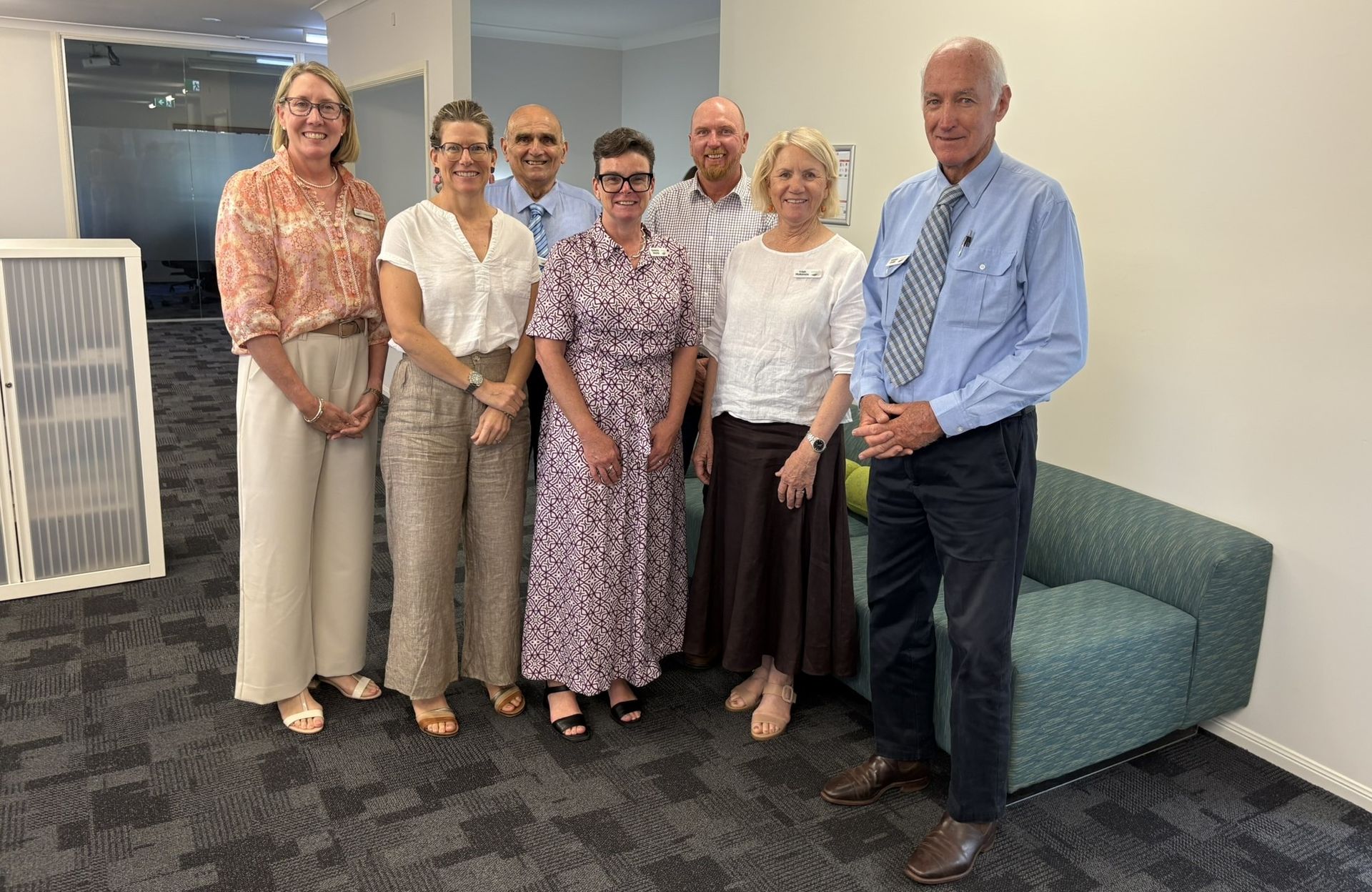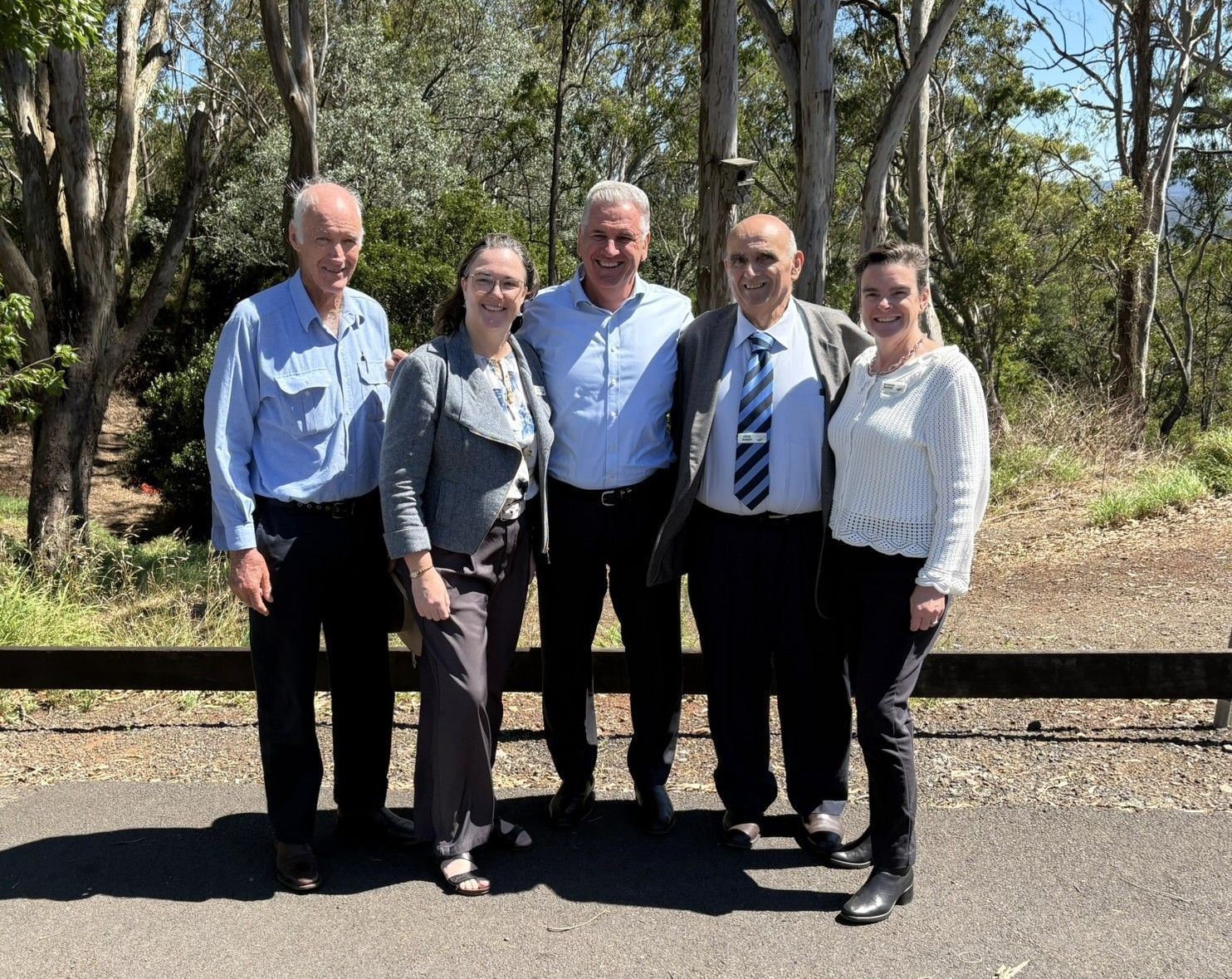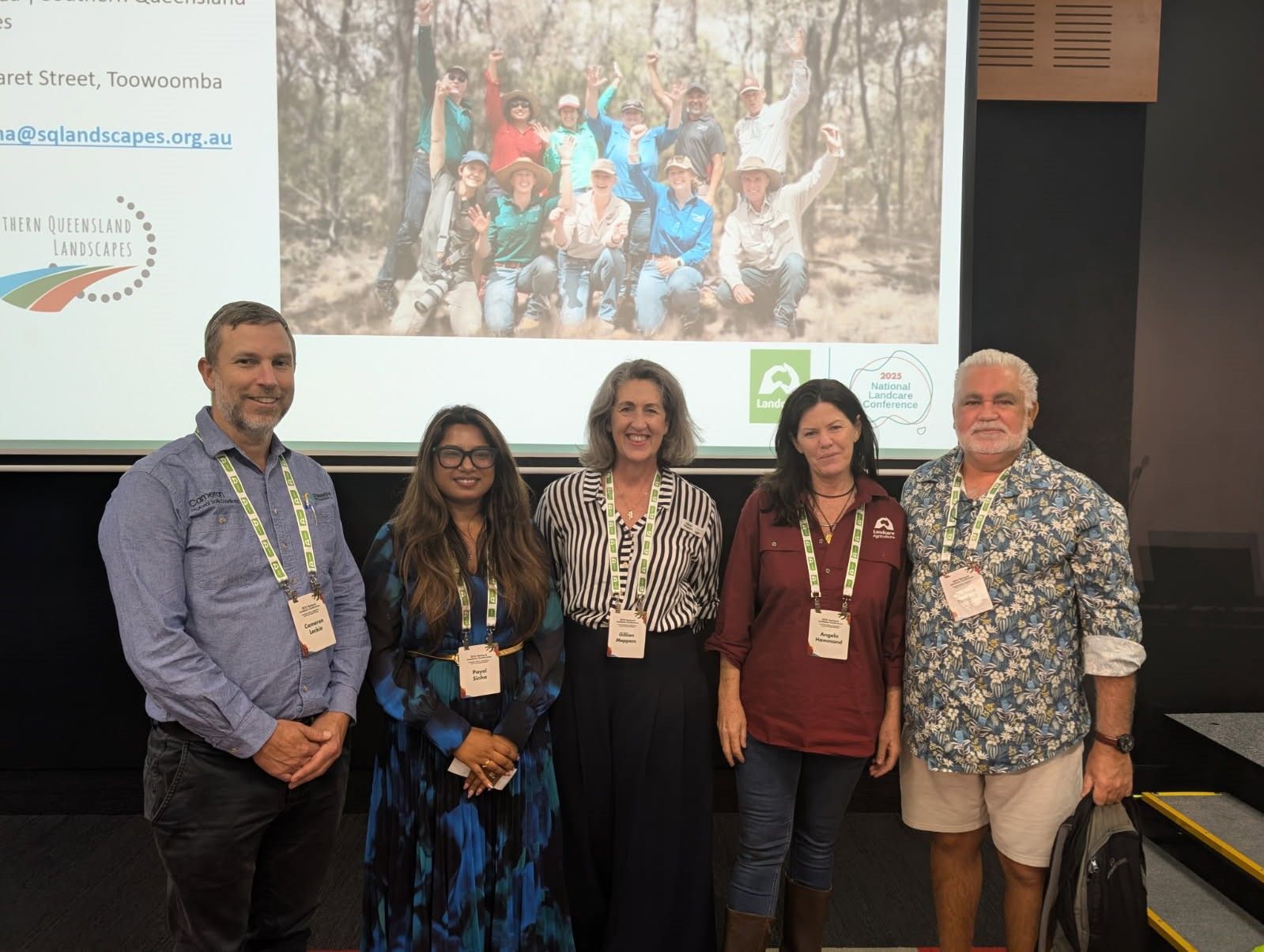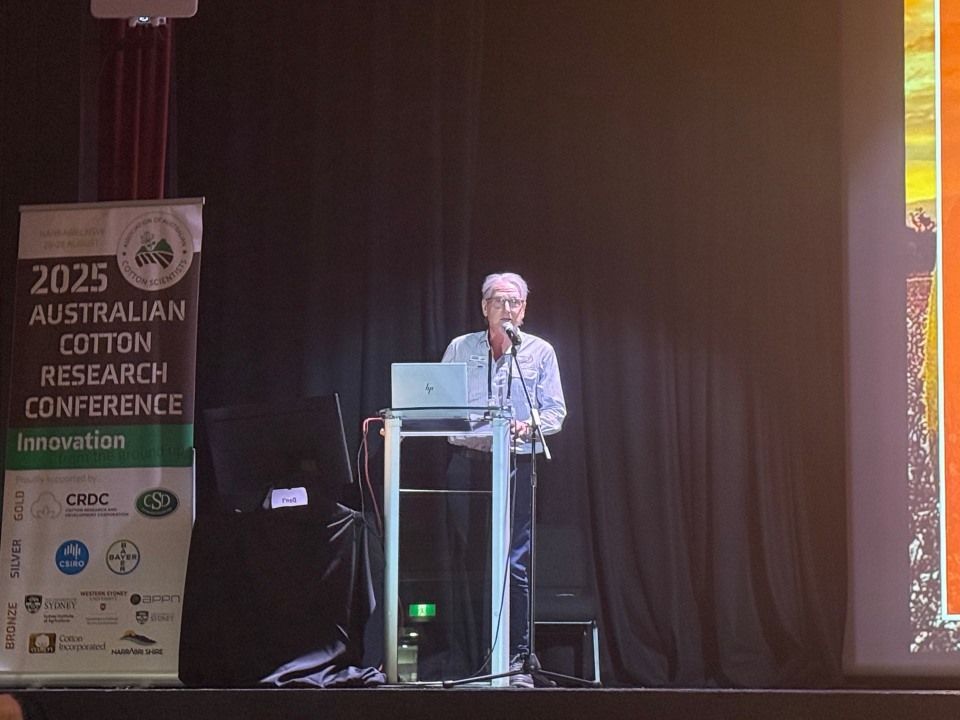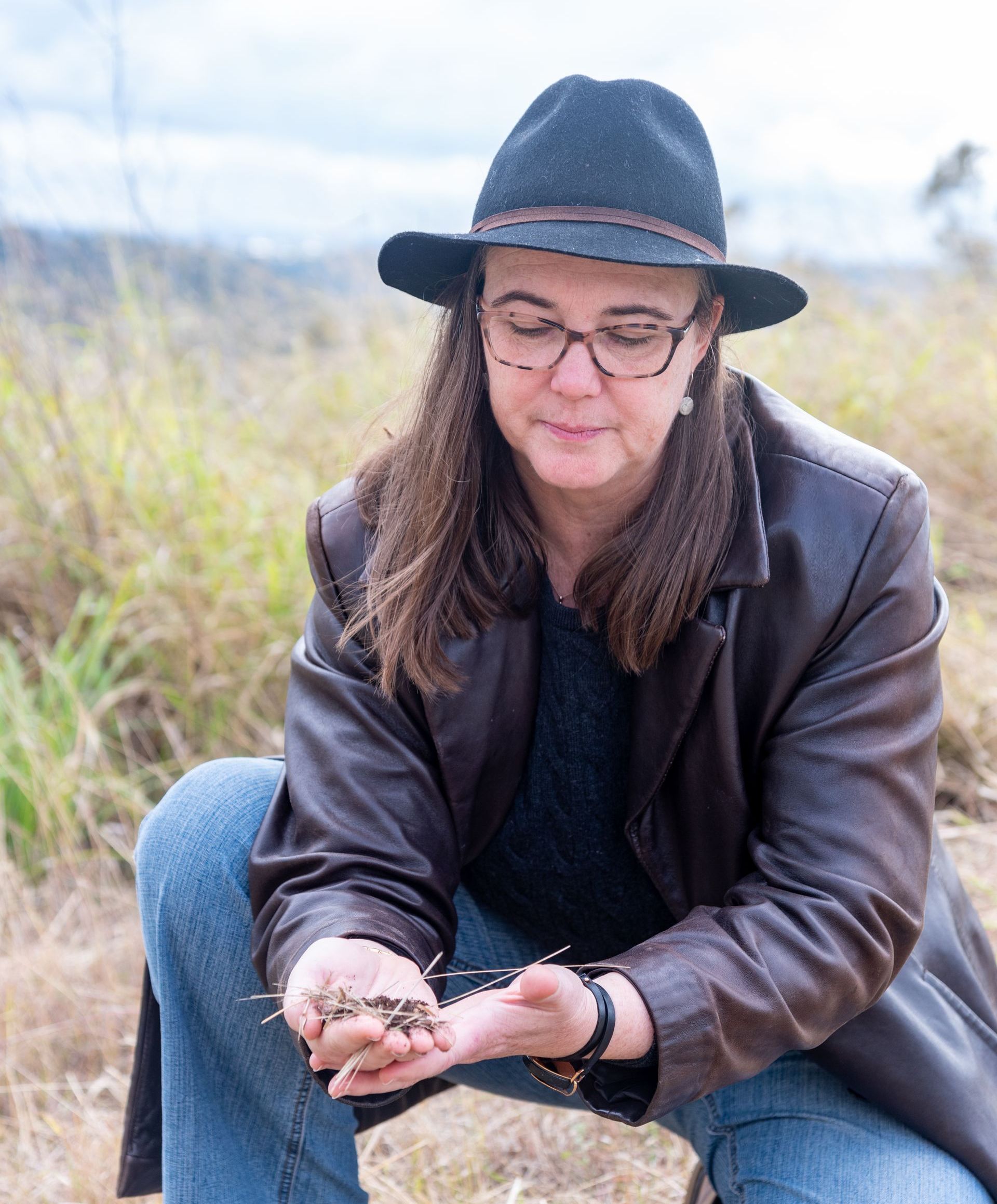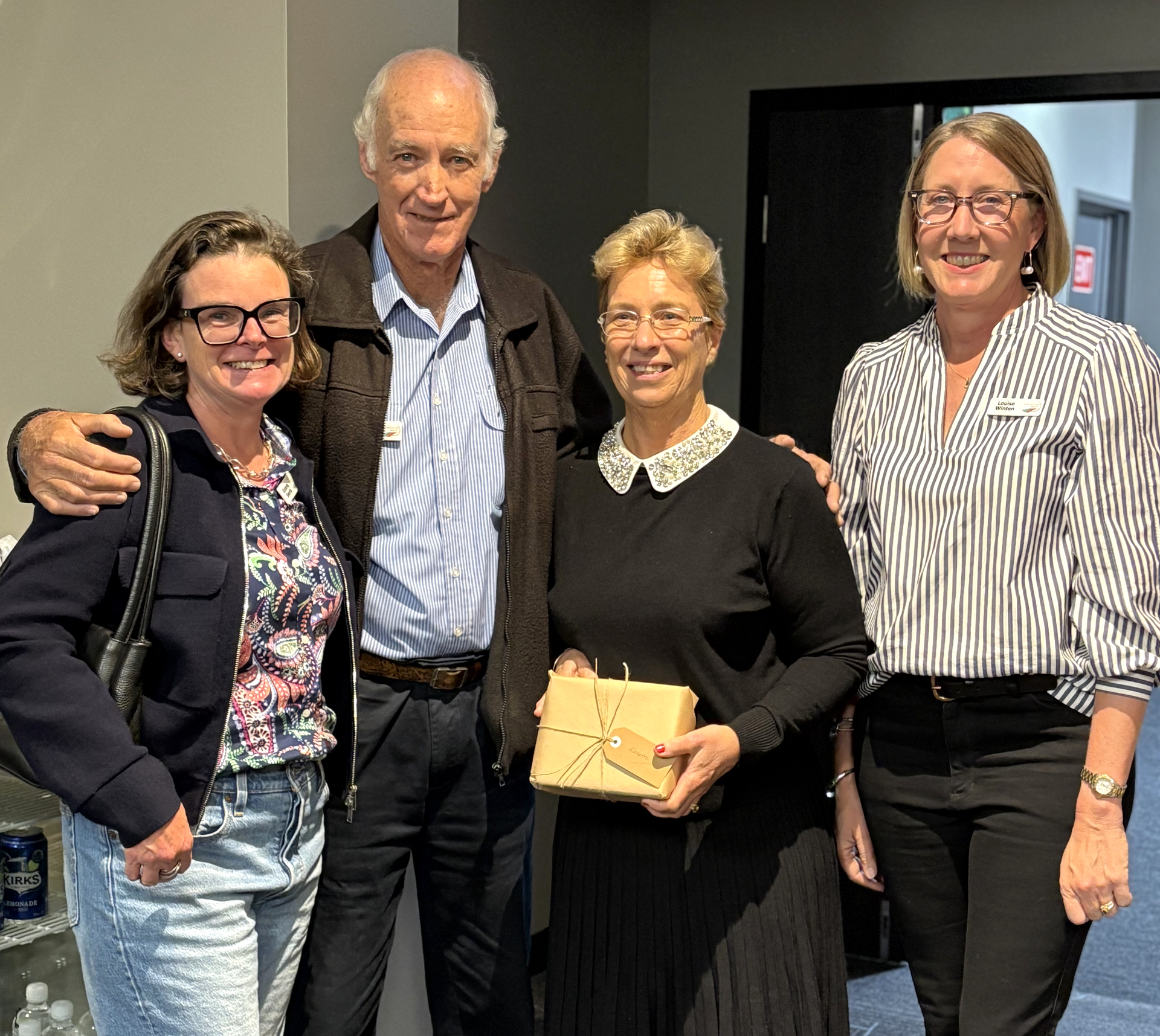Darren Marshall, SQ Landscapes’ pest and community engagement specialist has been appointed to the steering committee for the National Feral Pig Action Plan, representing natural resource management groups in Australia.
“Feral animal work is what my passion and drive is, and what I’ve been doing for a long time.
“I’m looking forward to representing NRM groups who do such a great job of working with landholders and industry partners to carry out landscape-scale control projects for feral species like pigs.”
Darren grew up on the land, and with a deep appreciation for the balance between production and environmental values.
“Growing up on a farm you grow up shooting. Then I joined the Army and I was shooting there so it (feral animal management) was a natural thing – I had that in me,” he says.
“The environmental side, with its feral animal connection, was a logical place for me to go because early in my career I could still do the shooting, still be outside, and still know I was doing the right thing by the environment and land holders.”
After more than 20 years working in this arena, Darren says his favourite element of natural resource management has evolved over the years, both with the changes and advances in resources, legislation and technology, but also within his own lived experiences.
“As I’ve grown up and learned more, I’ve become torn with the balance between agriculture and conservation, and that has made me think ‘what can we do to better manage these environmental areas?’
“Originally it was the wildlife, but as I’ve worked over the years my passion has become more about education and more about engagement with landholders; actually working with them to develop ideas together, especially on the feral animal stuff.
PhD – Feral pig research could be a game changer
Darren is also working towards a new degree, studying his PhD through the University of New England in collaboration with supervisors from Penn State University in the United States of America.
“My PhD is about engaging people in the feral animal field, and how I work with people.
“The skills I have learned through my PhD have been essential because in this field, we don’t work with feral animals, we work with people and recognising that has been one of the keys of my success.”
Some of the biggest hurdles Darren has had to overcome when working with the public (in relation to feral animal management) was the myths and misconceptions landholders have with regards to natural resource management (NRM) organisations.
“Because of the ecology of feral animals and their home range size, there’s no point dealing with two or three landholders if the animal’s home range is seven or eight properties.
“Unless you have everyone working together, you won’t have any environmental impact, no matter how much you bait or trap.
“Some of my biggest successes in gaining landholders trust have come from being able to show farmers the research data from electronic tracking collars, because data doesn’t lie.
“That transparency and trust creates community engagement and ultimately success.”
Darren has appeared on ABC Landline twice as an expert in feral pig knowledge and management. Watch the segments here.
